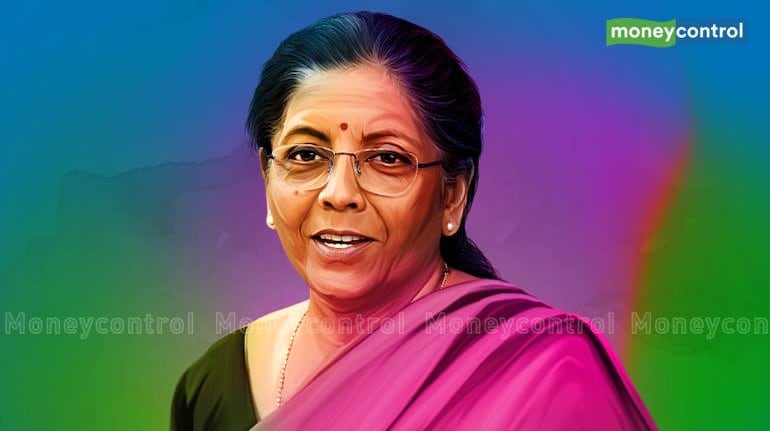



Union Finance Minister Nirmala Sitharaman on February 1 said the Reserve Bank of India (RBI) will launch a central bank digital currency (CBDC) in 2022-23, marking the first official statement from the Union government on the launch of much-awaited digital currency.
The FM said introduction of CBDC will give boost to digital economy. The RBI had earlier indicated that CBDC is on the cards while the central bank is against the idea of permitting private virtual currencies.
The FM announced that the RBI will launch Digital Rupee and said introduction of CBDC will further enhance India's status as a digital economy given its world-class digital payments system.
How does Digital Rupee work?A central bank digital currency is the legal tender issued by a central bank in digital form. It is the same as a fiat currency but the form is different and is exchangeable one-to-one with the government-issued money. In other words, CBDC is the same as the legal currency we use. Just that it's in a digital form.
A CBDC is the digital form of fiat currency and will ease transactions. An RBI report had earlier described CBDC as something that will provide a safe, robust, and convenient alternative to physical cash. Depending on various design choices, it can also assume the complex form of a financial instrument, the RBI report said.
A CBDC is not a crypto currency. CBDC is the digital form of a legal tender but private virtual currencies are entirely different. Private virtual currencies sit at substantial odds with the historical concept of money. They are not commodities or claims on commodities as they have no intrinsic value.
Discover the latest Business News, Sensex, and Nifty updates. Obtain Personal Finance insights, tax queries, and expert opinions on Moneycontrol or download the Moneycontrol App to stay updated!
Find the best of Al News in one place, specially curated for you every weekend.
Stay on top of the latest tech trends and biggest startup news.